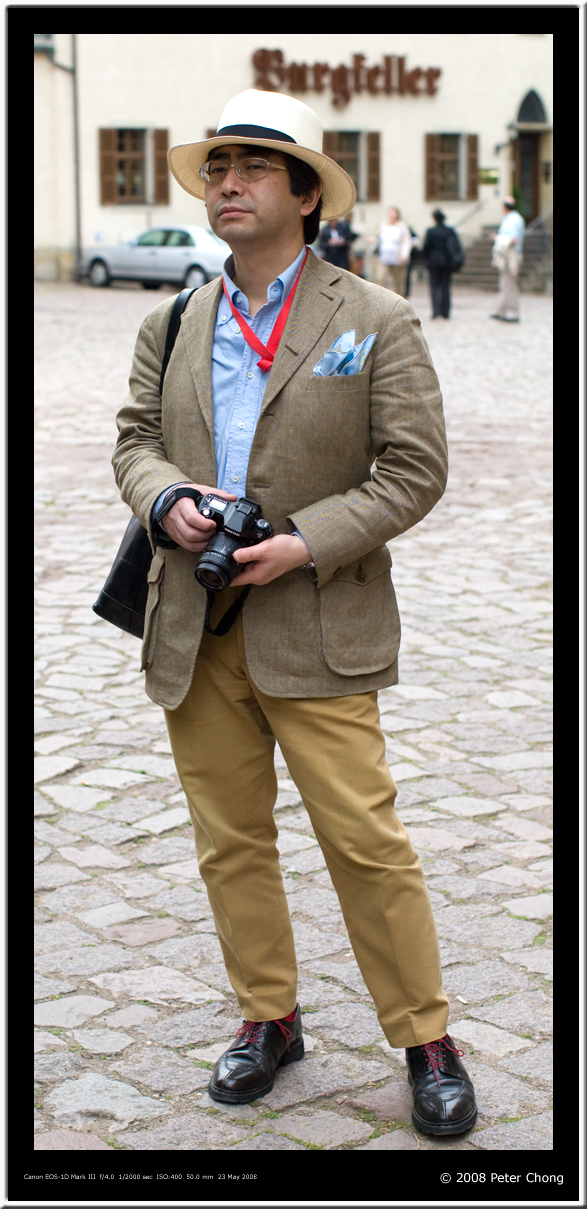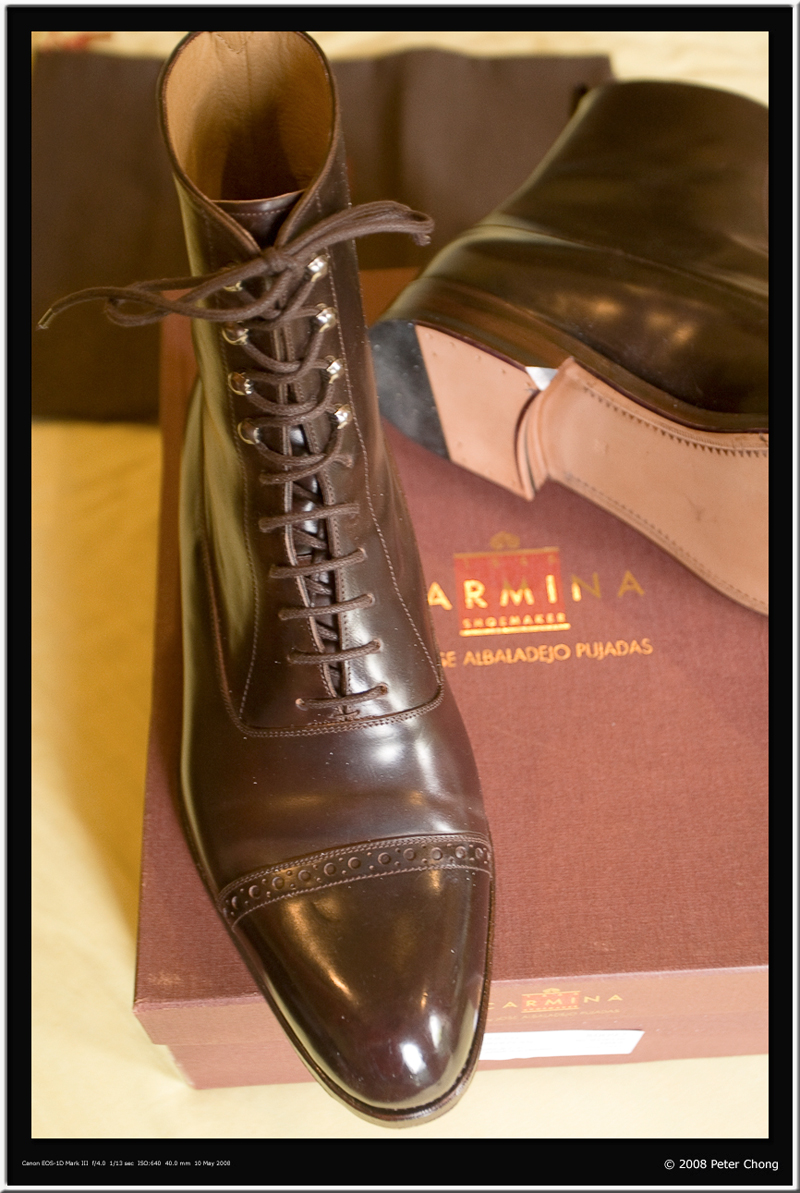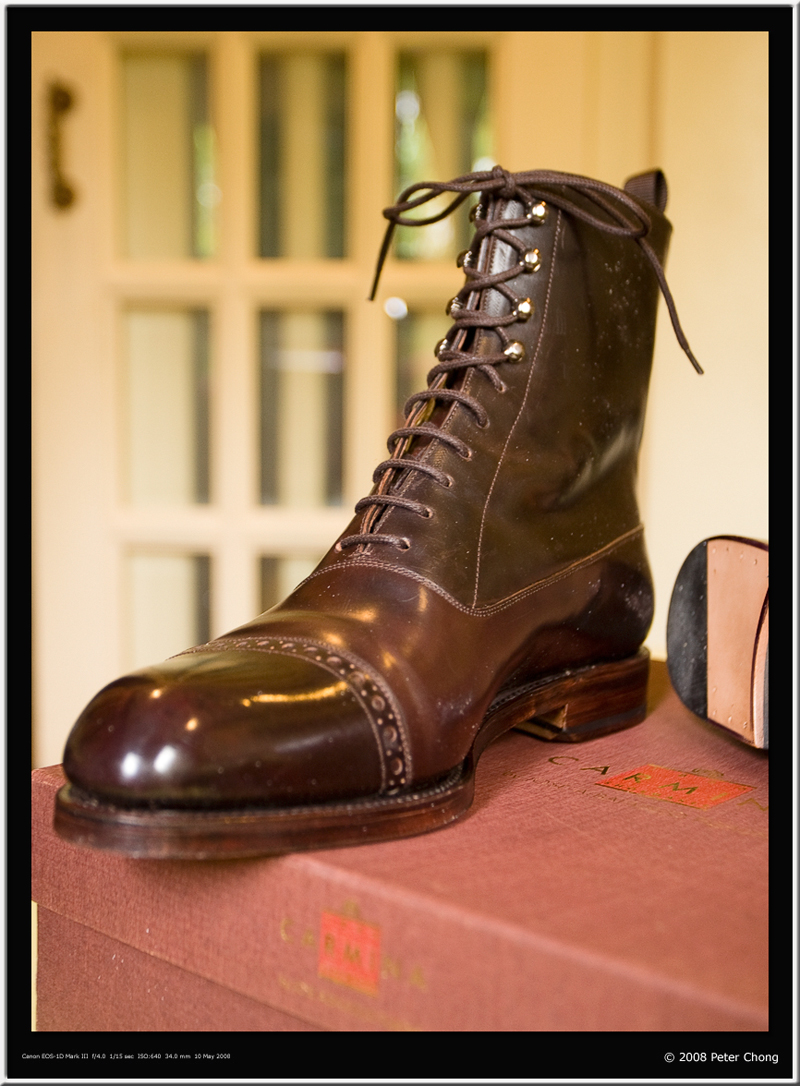But as is typical of the Japanese, they have created improvements to the suit - whether by innovations of Japanese tailors, or demand to other tailoring traditional countries like Italy to produce what they need to take the British Suit to the next level.
Homes and offices in England at the turn of the century were largely unheated. With this as a backdrop it is easy to understand why traditional English material like flannel, tweeds are heavy and warm. In contrast, offices and homes in Japan, especially in large metropolitan areas like Tokyo is rather controlled - heating in winter, air conditioning in summer is a given. As a result, the heavy(starting at weights like 14/15 oz up to 20 oz for suiting) suiting material favoured by the British are not in high demand. Rather, thinner and lighter material are favoured. Typically 9 oz but sometimes up to 11 oz is popular. Also looser weaves like those in fresco (a loosely woven, gauze like material which is wonderfully cooling to wear as it allows air to circulate freely) is popular, as are half lined and quarter lined suits in lieu of fully lined ones.
I feature 2 gentlemen I met recently in a trip to Dresden, Germany. One is Matsuyama Takeshi, a gentleman of great style, and finese. Matsuyama-san writes on a freelance basis for a number of Japanese magazines on style and watches.

A lovely jacket, made of mohair and ultra thin...unlined, made like a shirt. Tie is made by a Florence atelier and true 8 fold, unlined. Very cool and also cool looking.
The other gentleman is a watch publication journalist. I apologise for not getting his name.
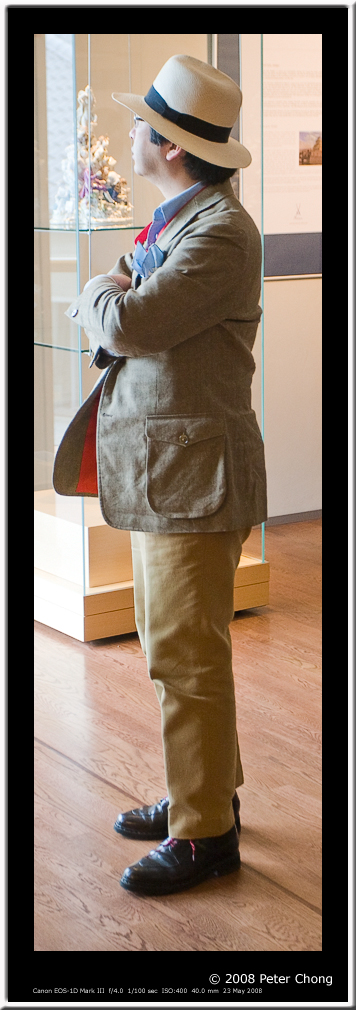
Starting at the top...a Montecristi Panama Ultimo hat looks great perched on his head. Buff colored linen coat, with huge patched, cargo pockets. The coat looked like its half or quarter lined. The nonchalance of the pocket square, taking the colour cue from the blue shirt, but not matching. Trousers of the same hue, but lighter, completes this completely degage look. Very cool.
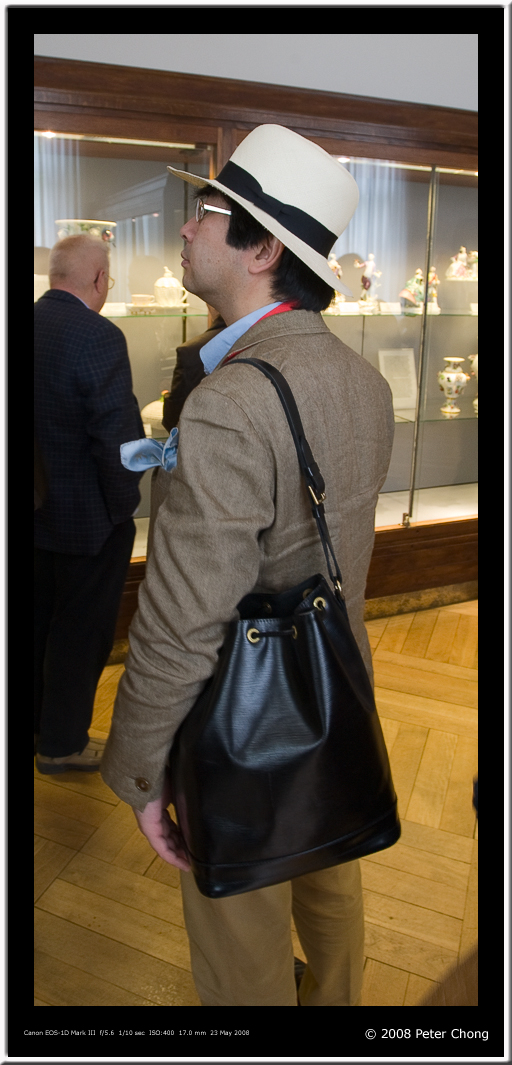
Note Louis Vuitton tote which houses his camera equipment. Is this a new trend for men to carry large versions of what used to be ladies handbags? I also saw another gentleman carrying a Hermes Birkin Manbag elsewhere.
Shoes are Paraboot, complete with red laces and red socks.
